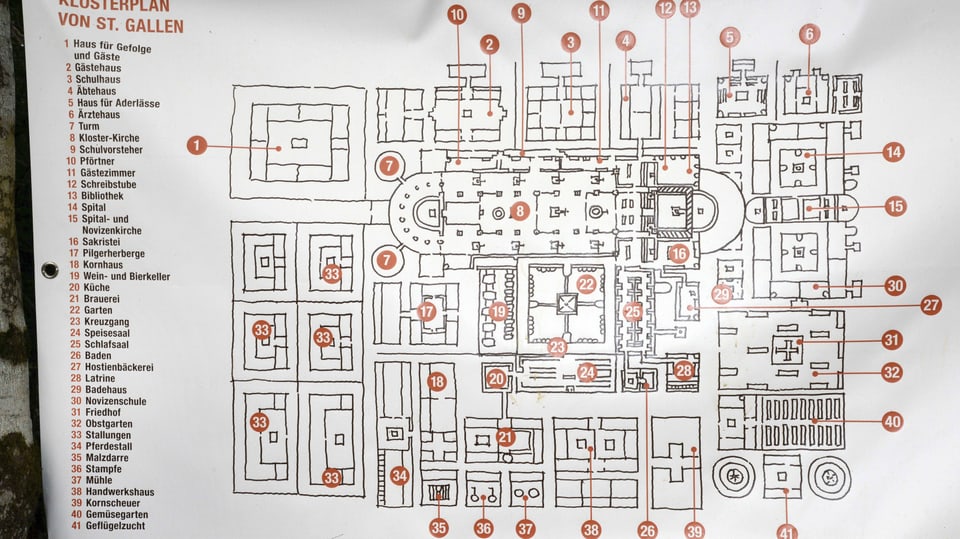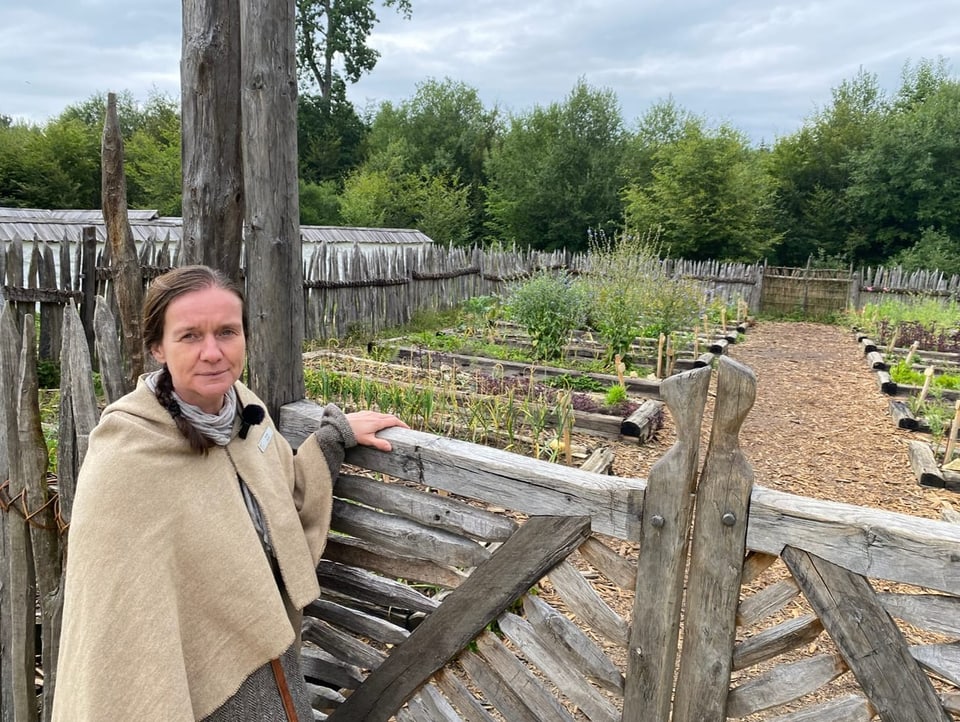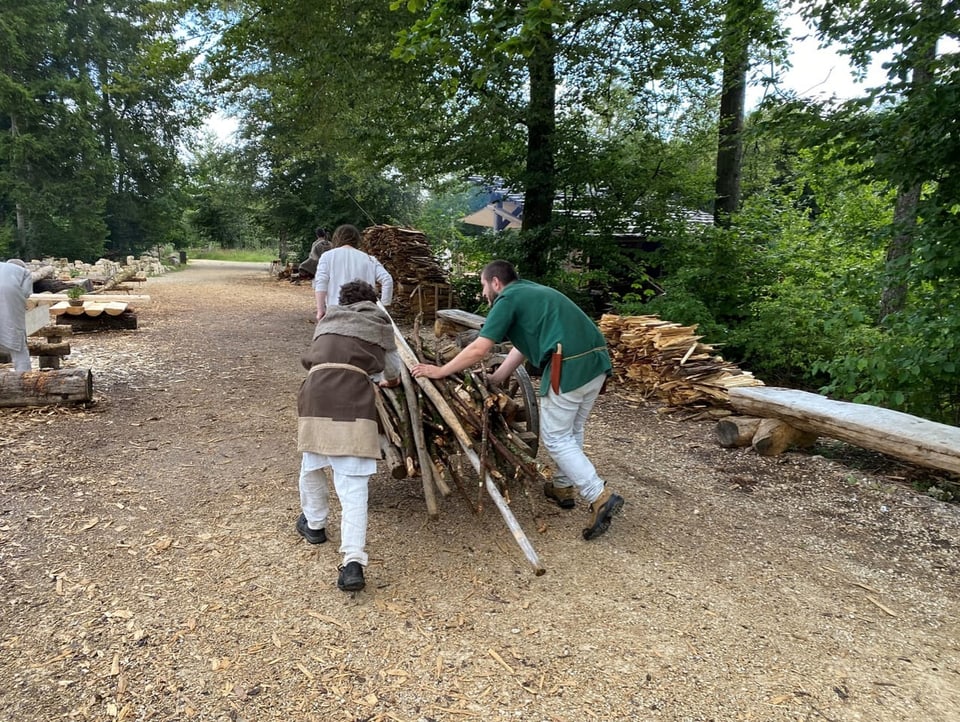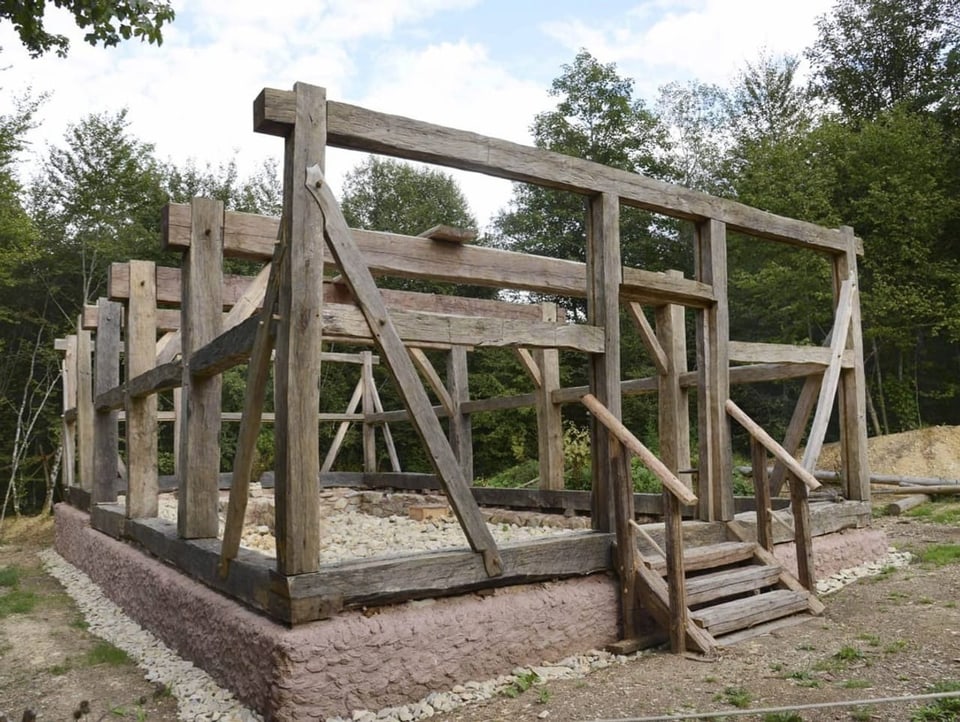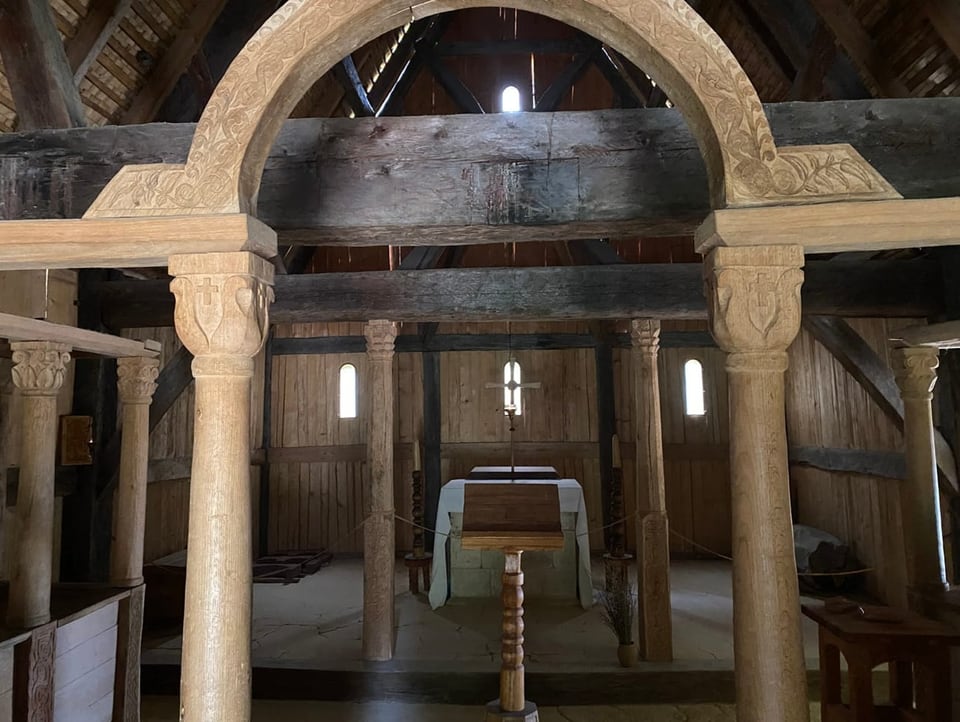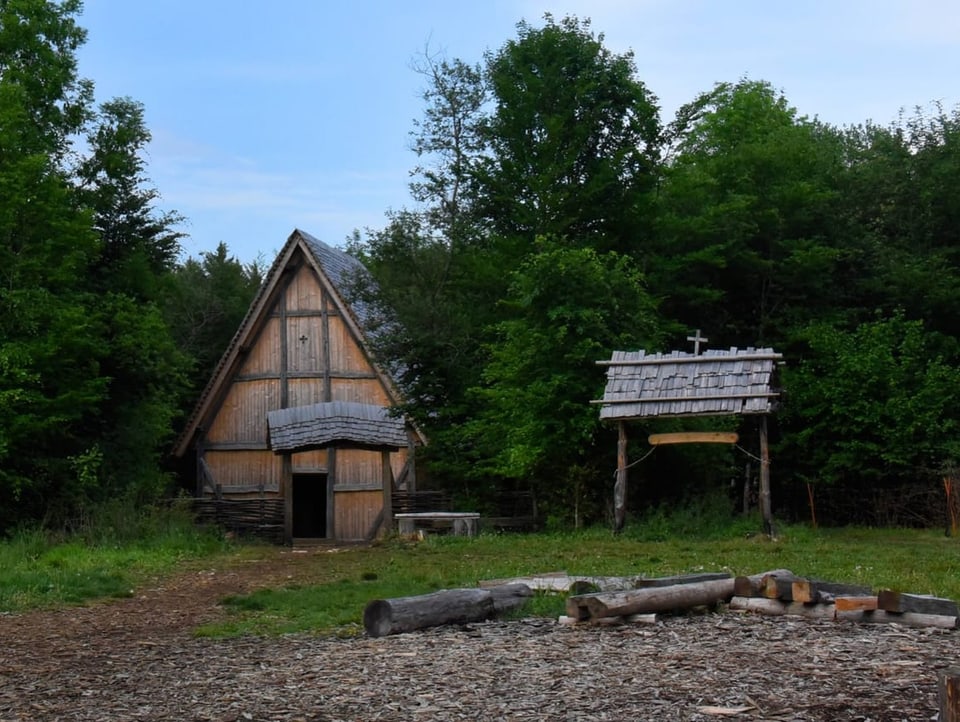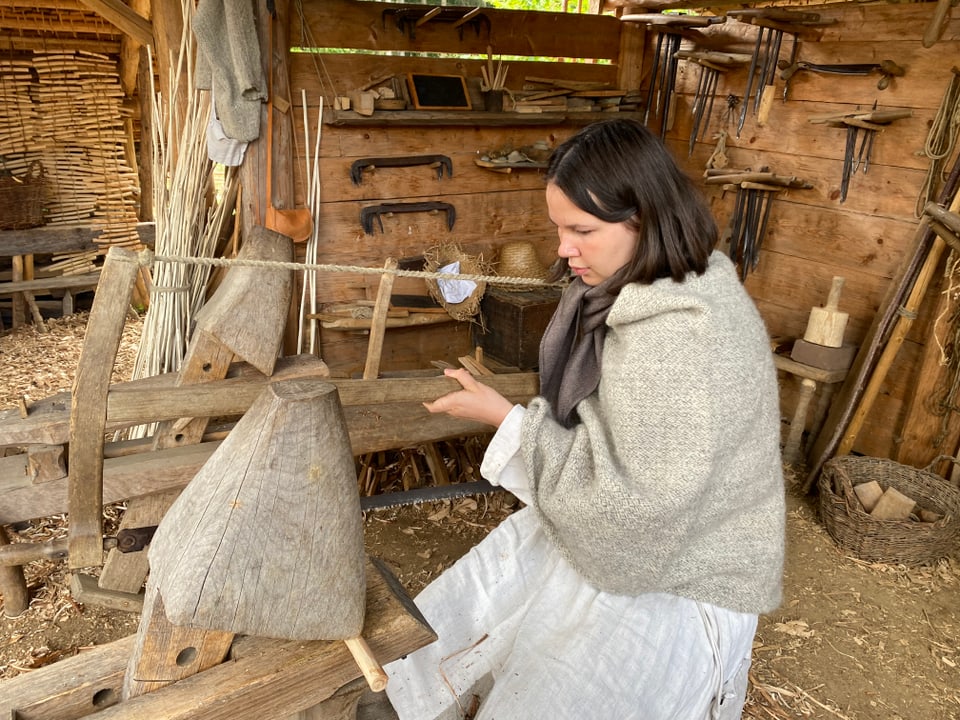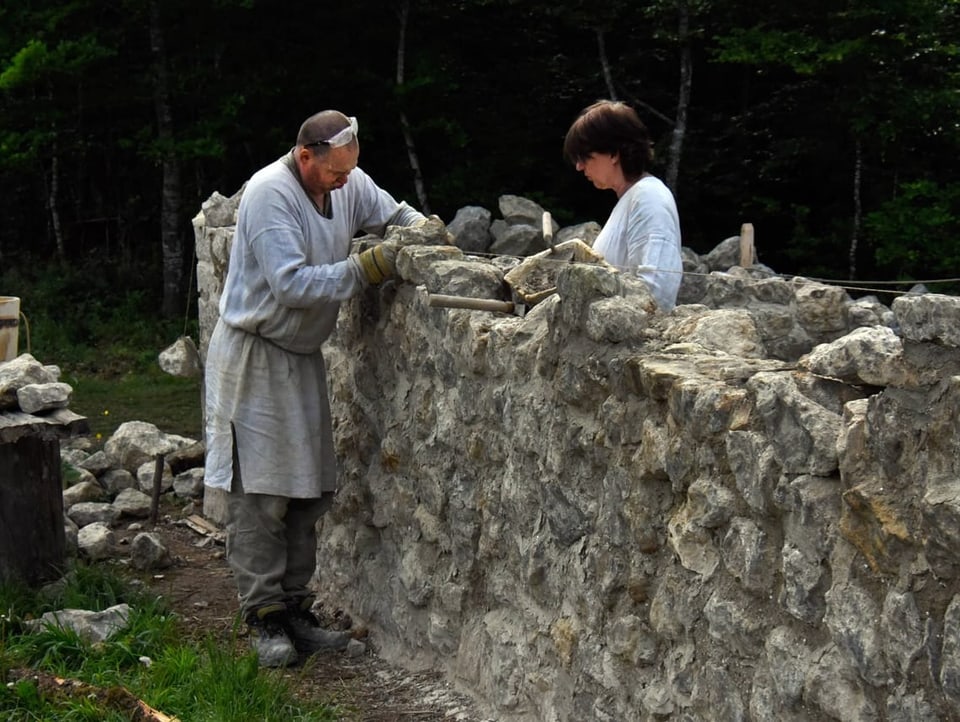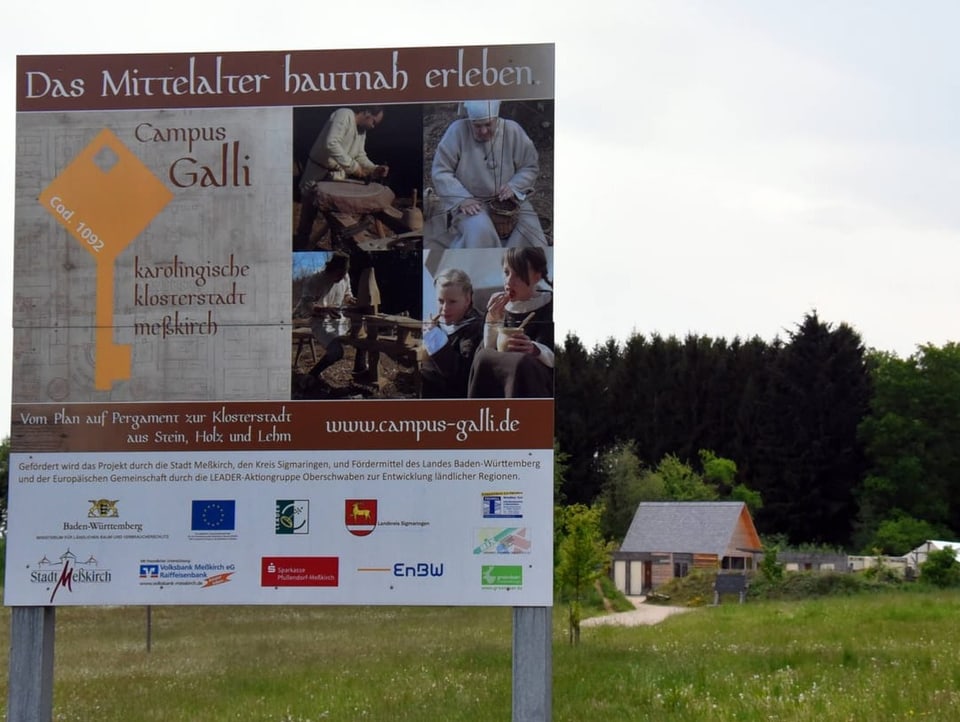Contents
A St. Gallen monastery plan from the 9th century triggered a major project. It is built like it was in the Middle Ages.
The St. Gallen Abbey District has been a UNESCO World Heritage Site for 40 years. The striking towers of the cathedral, the historic buildings and the Abbey Library are the center and landmarks of the city.
Today, however, the monastery district in the southern part of the old town does not look the way it was originally planned. A St. Gallen monastery plan exists from the early 9th century. According to the project, this is the oldest surviving architectural drawing in Central Europe, drawn around 825 AD on the island of Reichenau in the Untersee near Konstanz.
Legend:
This monastery plan dates from the 9th century and is to be recreated true to the original in Messkirch (De). Around 50 buildings including the large abbey church are shown.
imago/epd
The plan was not put into action at the time. Today it is kept in the Abbey Library. The major project “Campus Galli – Carolingian monastery town of Messkirch”, which is being implemented about an hour’s drive north of Lake Constance, is designed to show what St. Gallen should have looked like in the Middle Ages.
More than 60 years ago, the German businessman Bert Geurten came across the plan of the monastery in an exhibition and wanted to rebuild it. In 2013, the dream of this huge project came true.
Construction has been going on in Rohrbach near Messkirch in Baden-Württemberg for ten years. And on a 1:1 scale and with tools like back then. The money comes from sponsors and donations as well as companies that deliver things for free or contribute their expertise. For five years, the initiator was able to see how a piece of forest slowly turned into a monastery district.
«We clear where the space is needed. The wood is then processed fresh,” explains Sonja Fecht, who has been working on the Galli campus since construction began. The wood is then used to make beams, floors, shingles, nails or crockery. There is no waste.
50 people work in the Carolingian monastery town
Experience makes you faster, says Fecht. “We were much more efficient with the barn than with the small church, for example.” This was built first. There are also stables and enclosures for animals, a pottery workshop, a medicinal herb garden and a weaving workshop. “Everything you’ve done before becomes part of everyday life at some point,” explains the worker in medieval clothing.
Impressions from the Galli campus
People don’t live on campus. Around 50 people work here, half are employed by the “Karolingische Klosterstadt” association as craftsmen and women, the others for administration and looking after visitors.
It will be built for decades
The monastery construction site should not only be a museum. The major project is also intended to provide archaeological research with insights into early medieval working and building methods.
Research can benefit from Campus Galli for a long time to come. The project has been running for ten years and is supported by a scientific advisory board. When it will be finished is written in the stars. Because everything is done the way it was over 1000 years ago. Living space, a school, a guest house, a hospital and, at the very end, the large abbey church – these are the plans for the next ten, 20 or 50 years.
